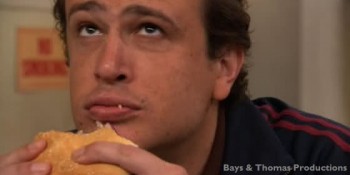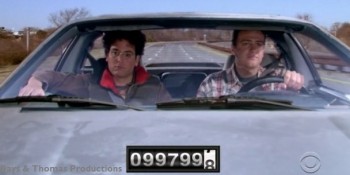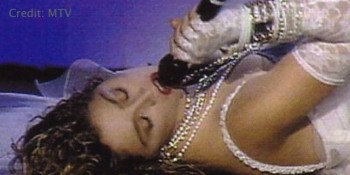On this day in 1934, a baby named Gloria entered the world. No one could have imagined the profound impact this future advocate would have on women’s rights in her lifetime. Steinem is often called the mother of feminism, and it’s not hard to see why.
First, a bit of history; there are three distinct waves of feminism. The first wave of feminism took place in the late 19th and early 20th centuries. During this period, activists like Susan B. Anthony, Elizabeth Cady Stanton, and Lucretia Mott were focused not only on the property and voting rights of women but also on the abolition of slavery. Through their hard work, they reformed existing social standards and were successful in getting women the right to vote.
The second wave of feminism began in the 1960s and runs congruently with third-wave feminism to the present. While first-wave feminism focused on suffrage and changing existing sexist laws, second-wave feminism broadened the discussion to empower women in their sexuality, families, reproductive rights, and workplaces. Steinem is one of the most prominent women to emerge from this wave of feminism.
Third-wave feminism is a bit trickier to define. The term was coined in the 1990s as a backlash against the failings of second-wave feminism, mainly that the second wave was a movement created by upper-middle-class white women and didn’t account for the opinions and cultures of women from more diverse backgrounds. Steinem, considered a second-wave feminist, nonetheless addressed many third-wave concerns as well, working with many civil rights activists including Coretta Scott King and Cesar Chavez.
I consider myself a third-wave feminist and would even argue that we are actually headed for a fourth wave of feminism. A fourth wave would broaden the discussion of women’s equality to a global scale.
All of this is well and good, but if it weren’t for the work of Ms. Steinem, I wouldn’t be having this discussion at all today. Before she was a political activist, Steinem was a journalist. One of her most famous pieces was written for Show magazine. Steinem was employed as a Playboy Bunny at the New York Playboy Club. The article “A Bunny’s Tale,” published in 1963, shed light on the exploitative treatment of the Bunnies and the legal murky sexual demands that were made of them. After her work on the piece, Steinem had a hard time finding writing jobs, a failing that Steinem attributes to her time as a Bunny.
In 1968, she landed a job with the newly created New York magazine. After her time with New York, Steinem co-founded one of the first feminist-focused magazines, Ms. The magazine was shocking for the 1970s because, at that time, most publications for women focused on child rearing, cooking and cleaning tips, keeping a satisfied husband, and proper makeup application. Instead, Ms. concentrated (and still concentrates) on women’s reproductive rights, politics, and social activism.
When the Ms. preview debuted, the syndicated columnist James J. Kilpatrick jeered that it was “C-sharp on an untuned piano,” a note “of petulance, bitchiness, or nervous fingernails screeching across a blackboard.” After hitting the newsstands for the first issue, network news anchor and 60 Minutes creator Harry Reasoner said he would “give it six months before they run out of things to say.” Ms. is still in publication today and the magazine can boast the best coverage of global women’s rights and politics.
In addition to her work in journalism, Steinem was an ardent political voice for many different issues, including reproductive rights, the Equal Rights Amendment, opposition to the Vietnam War, and LGBT equality.
Because of Steinem’s work, I get to write a blog every week about how far we’ve come in feminism. I can discuss pop culture things like Oscars fashion and professional wrestling. Because of her work, I can talk about politics and government and my place in them. Most importantly, because of her (and women like her), I have the courage to tell you stories about discrimination when they happen to me.
It’s fitting that Ms. Steinem’s birthday falls in March. March is Women’s History Month, and our history would be much different if Gloria Steinem hadn’t taken the path she did. Truthfully, I’m excited to see where the movement will take us in another 52 years, when I’ll be nearing my 80th birthday. In the meantime, I’ll just have to live by Gloria’s sage wisdom: “The truth will set you free, but first it will piss you off.”









